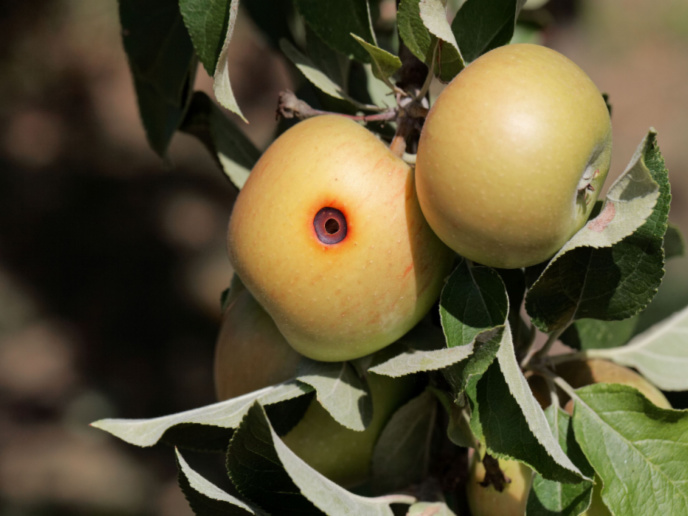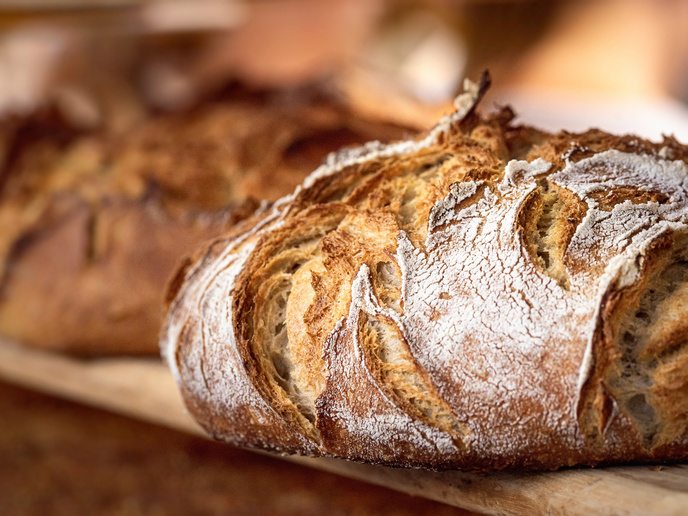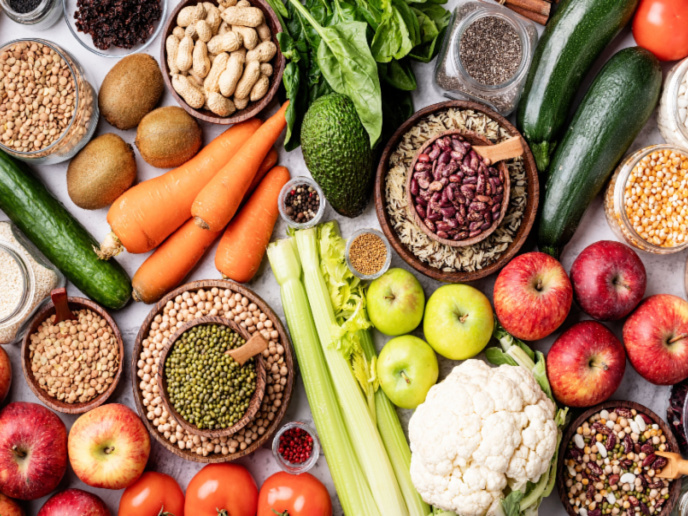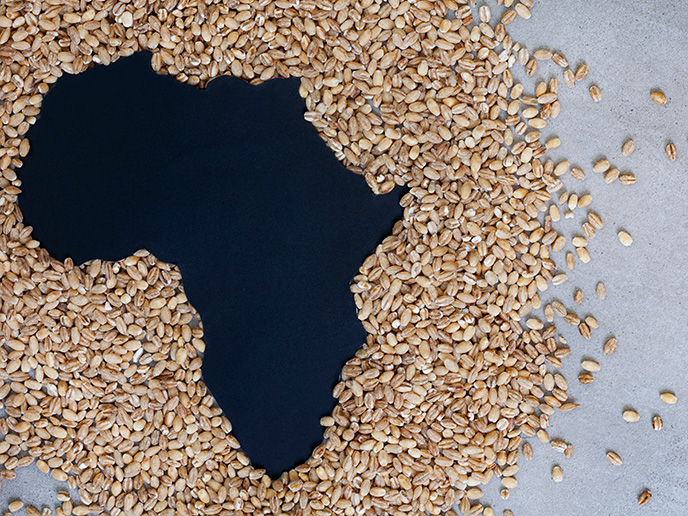Beating pests by outsmarting them
As consumers, growers and authorities call for a reduction in the use of pesticides, sex pheromones – chemicals naturally produced by insects to attract a mating partner – appear very promising regarding the sustainable control of agricultural pests. Their beneficial effect is achieved through mating disruption: by dispensing small amounts of sex pheromone in fields or orchards, pests are confused and can’t locate each other to mate and proliferate. However, sex pheromones are complex molecules, and their chemical synthesis requires expensive chemicals and generates hazardous waste. The EU-funded ΕcoFRUIT project aimed at providing a sustainable and cost-efficient production of insect pheromones by fermentation as a viable alternative to chemical synthesis. EcoFRUIT was undertaken with the support of the Marie Skłodowska-Curie Actions(opens in new window) programme. The specific focus of the project was on the codling moth(opens in new window) pheromone called ‘codlemone’ since the codling moth is a major pest of apples, pears, plums and other fruits. Producing affordable codlemone allows for the wider use of an environmentally friendly method to control pests in various crops. Moreover, EcoFRUIT aimed to confirm the efficacy of fermented codlemone versus synthetic codlemone in laboratory and apple orchard tests and to raise awareness of pheromones as alternatives to insecticides.
Observing bugs
What makes EcoFRUIT unique is how it sought to learn from nature. The compounds the team produced are already out there, synthesised by the insect species themselves. Every insect uses a specific pheromone or blend to attract its partners for mating and distinguish itself from other insects. The scientists studied the insects, including their genomes and transcriptomes, to elucidate the pheromone synthesis pathways of the specific insect and then copy it into Yarrowia lipolytica(opens in new window), a type of engineered oleaginous yeast. In cooperation with BioPhero, a biotechnology company specialising in the fermentation of pheromones, the EcoFRUIT project succeeded in establishing the technology(opens in new window) for efficient large-scale production of pheromones. Y. lipolytica is a well-suited host since it naturally produces high levels of precursors needed for pheromone synthesis.
Solving riddles in the lab
By steering the metabolism of this yeast, the researchers are able to build platform yeast strains that can be used to synthesise a range of different pheromones, which can all target different insect species. “The beauty of the EcoFRUIT project is that once we have developed the technology for production of one type of pheromone, we have a platform that can be tweaked to produce a lot of other pheromones as well,” explains project coordinator Leonie Wenning. Even though the codling moth’s production pathway for codlemone is relatively known, it turned out to be surprisingly challenging to implement the biosynthesis in Y. lipolytica. This happened due to the differences in their molecular composition. Another challenge was that not all enzymes of the codling moth’s codlemone production pathway are known, and therefore, the team had to screen many enzymes to identify the ones with the desired function. “We are now at a point where we know how to synthesise codlemone in the yeast Y. lipolytica,” concludes Wenning. The team’s next steps are fine-tuning the whole process from the beginning to the end and upscaling. Further steps include field trials to validate pheromone efficacy and obtain regulatory approvals.







